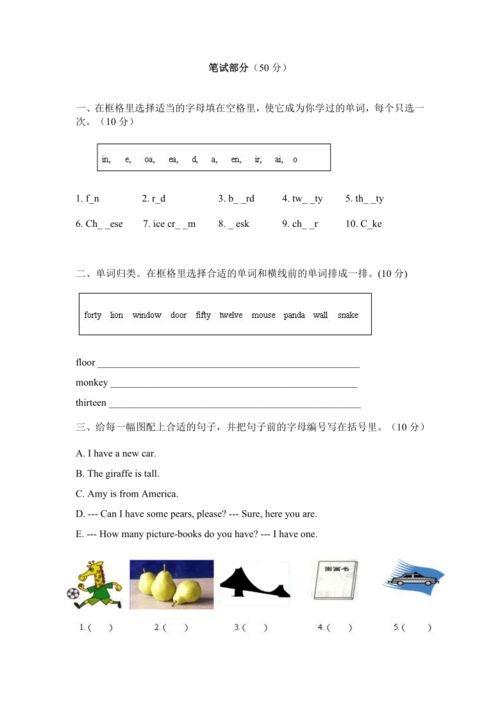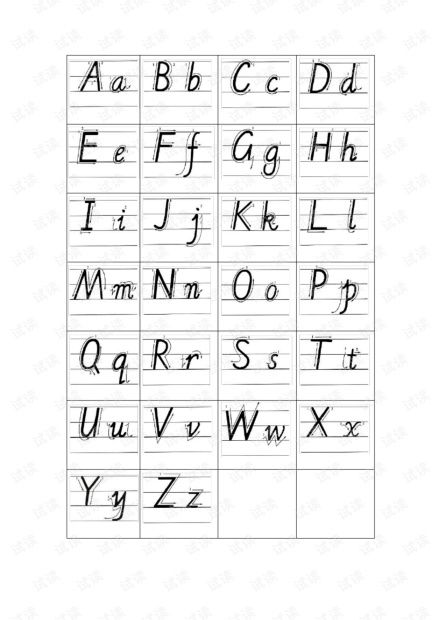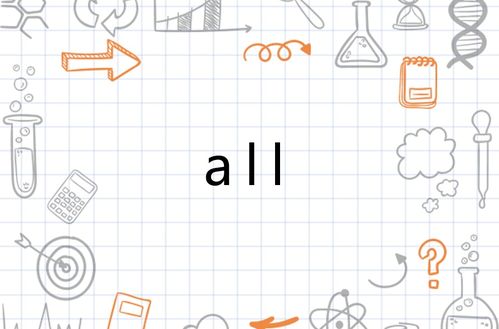解锁一到一百的英文单词秘籍
在这里,我们探索一到一百的英文单词及其背后隐藏的趣味与文化。英文中的数字命名,虽看似简单直接,实则蕴含着丰富的语言历史和文化底蕴。让我们一同踏上这场数字之旅,从“one”到“one hundred”,揭开每个数字单词的神秘面纱。

Starting with the foundational number, one, we encounter the most basic unit of measurement in any language. "One" serves as the cornerstone of counting and is often the first word children learn in both their native tongue and any second language. It's interesting to note that the word "one" is relatively consistent across many European languages, hinting at a shared linguistic heritage.
Moving on to two, we delve into the realm of duality. The number two often symbolizes balance, partnership, and harmony. In many cultures, including ancient Chinese philosophy, the duality of yin and yang represents the interplay of opposing forces necessary for the universe to function. The English word "two" reflects this balance, sitting comfortably between the solitude of one and the multiplication that begins at three.
Three marks the entrance into the realm of multiplication. This number holds significance in numerous religions and cultures, often representing the trinity or the divine unity. In Christianity, the Holy Trinity comprises the Father, Son, and Holy Spirit. The number three also appears frequently in fairy tales and myths, often signaling a magical or mystical element. "Three" feels more substantial than its predecessors, hinting at the expanding possibilities that come with increased numbers.
Four brings us to the concept of stability and solidity, often associated with the four corners of a square or the four directions on a compass. In many ancient civilizations, such as those in Mesopotamia and Egypt, the number four held immense importance, symbolizing the elements (earth, water, air, fire) or the cardinal points (north, south, east, west). The stability of four legs on a table or the four seasons of the year reinforces this idea of constancy and reliability.
Five is a number of change and movement. The five fingers on a hand suggest activity and manipulation. In numerology, five represents freedom, adventure, and personal growth. It is the midpoint between one (beginning) and nine (completion), symbolizing transition and the exploration of new possibilities. The five senses—sight, hearing, taste, touch, and smell—underline the experiential nature of this number.
Six is frequently associated with harmony and balance. The six-pointed Star of David symbolizes unity between opposing forces. In mathematics, six is the smallest perfect number, meaning it is equal to the sum of its divisors (1, 2, and 3). This mathematical property contributes to its aura of perfection and balance. The number six also appears prominently in many creation myths, often signifying the union of heaven and earth.
Seven is a number steeped in mystery and spiritual significance. In Western culture, the seven deadly sins and seven heavens reflect its moral and celestial connotations. The ancient world revered seven as a sacred number, often connected to perfection and completeness. The seven days of the week, seven notes of the musical scale, and seven continents further emphasize its universal influence.
Eight is often seen as a symbol of infinity and abundance. The shape of the number eight, forming a loop that intersects itself, resembles the infinity symbol (∞). This visual representation suggests endless possibilities and eternal cycles. In Chinese culture, eight is especially auspicious, pronounced similarly to the word for "wealth." As such, it is frequently used in weddings and other celebrations to signify prosperity and good fortune.
Nine represents completion and the fulfillment of cycles. In many cultures, nine is associated with the end of a series or a final resolution. The number nine is significant in numerology, often linked to universal principles and enlightenment. The nine Muses in Greek mythology symbolize the nine realms of creative expression, emphasizing the comprehensive nature of this digit.
Ten marks a milestone in counting, as it is the first double-digit number. The decimal system, which is ubiquitous today, is based on ten. This makes ten a pivotal number, serving as the foundation for larger numerical constructions. The ten fingers on human hands and toes were likely the inspiration for the decimal system, highlighting the practical significance of this number in daily life.
As we progress, each subsequent number builds on these foundational concepts. Eleven and twelve introduce us to new combinations, blending the single digits into double-digit forms. These numbers often serve as thresholds, marking the transition between smaller and larger quantities.
Thirteen holds a unique place in many cultures, often viewed with suspicion or dread. In Western society, the number thirteen is associated with bad luck, perhaps stemming from the Last Supper, where a thirteenth guest—Jesus Christ—brought doom. Despite this, some cultures celebrate thirteen as a lucky
- 上一篇: Excel中如何实现随机排序的数字序列生成?
- 下一篇: 三亚是哪个省的城市?
-
 掌握从一到一百的英语单词,轻松拓展词汇量!新闻资讯12-04
掌握从一到一百的英语单词,轻松拓展词汇量!新闻资讯12-04 -
 How to Pronounce 'Schoolbag新闻资讯03-15
How to Pronounce 'Schoolbag新闻资讯03-15 -
 解锁26个英文字母:完美书写秘籍,让你的字迹焕发专业魅力!新闻资讯10-27
解锁26个英文字母:完美书写秘籍,让你的字迹焕发专业魅力!新闻资讯10-27 -
 探索揭秘:'discovery'这一英文单词的真正含义是什么?新闻资讯10-20
探索揭秘:'discovery'这一英文单词的真正含义是什么?新闻资讯10-20 -
 揭秘!'on'这个英文单词的百变含义,你知道几个?新闻资讯10-21
揭秘!'on'这个英文单词的百变含义,你知道几个?新闻资讯10-21 -
 all这个英文单词的具体含义是什么?新闻资讯10-21
all这个英文单词的具体含义是什么?新闻资讯10-21












